"The funding we received from Northern Development has been an important piece in moving this project forward."
Rich McCrae, Curator of Palaeontology, Peace Region Paleontology Research Center
Positive Economic Impacts in Tumbler Ridge
Since two major coal mines that employed the majority of Tumbler Ridge residents closed in the 1990's, the remaining locals faced many years of economic instability. The discovery of these tracks foreshadowed a new tourism opportunity for Tumbler Ridge at the perfect time.
An enormous amount of media exposure has been generated by this activity, with features by the Discovery Channel, Knowledge Network, the Globe and Mail, British Columbia Magazine, and many others. Many tourists are aware of the area and now visit Tumbler Ridge to see the Dinosaur Discovery Gallery that can live up to expectations and encourage return visits, in part due to a $39,000 grant from Northern Development Initiative Trust.
In 2009, the Tumbler Ridge Museum Foundation received funding through the Government of Canada's Community Adjustment Fund, delivered by Northern Development, to support an increase in staff and maintenance in order to expand the museum and its services. The funding and completion of the museum exhibits will allow for a significant expansion of the educational and interpretive programs which serve as tourist attractions and revenue generators. The ability to achieve growth at a quick rate will allow researchers to continue making significant discoveries, such as the recent discovery of the first ever intact fossil found in BC.
While palaeontology has grabbed the spotlight and has already significantly diversified the Tumbler Ridge economy from a coal town to a tourism destination, the Tumbler Ridge Museum Foundation will continue to expand the number of exhibits, and publish research as well as books so that they can continue to attract tourists and scientists to the region.


